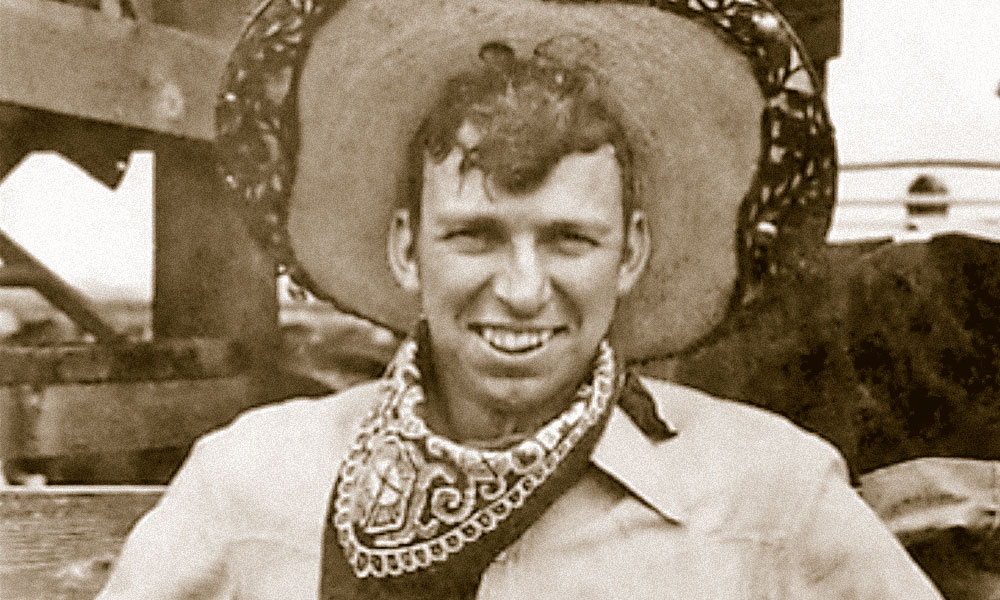
Most people don't know how to write sitcom shows. They often get the tone wrong and end up with shows that are either too light or too serious. It is important to fully understand the content of the sitcom and its audience in order to make it work. To do this, the tone must be realistic and light.
Humor that is character-driven
Character-driven humor is a form of comedy that focuses on the development of characters and not the plot. Comedy is about the characters and their relationships. This approach allows the audience to connect with the characters, which helps make comedy more effective. In sitcom shows, this approach is used in a number of ways.
Writers are more focused on the energy and tone of the central group of friends in early "hangout" comedies. Shows like "New Girl" excel at letting characters have hours of banter and having fun. Although there are glimpses of plot development from time to time, the character arcs seldom dominate the series.

Situation comedy
The roots of the television phenomenon of situation comedy lie in radio programming. Radio broadcasts at the beginning were experimental. They often focused on music and drama. Radio was America's main entertainment source by the 1960s. Amos & Andy, a comedy series which began on WMAQ Radio's in 1929, was among the longest-running US radio shows.
Radio broadcasts of situation comedy started in the 1920s. The original Clear Channel Network in Chicago, Sam and Henry made their first appearance on the radio in 1926. CBS quickly followed suit and the series was one of the most loved sitcoms of all time. Despite their American roots sitcoms have spread to other countries, and they continue to be produced to this day.
Live-action sitcoms
If you are a fan live-action sitcoms, there is no shortage of options to watch on TV. Many of the most popular sitcoms have been around for many years and some have even become timeless classics. "It's Always Sunny" in Philadelphia, for example, was renewed recently for a record-breaking fifteenth series, while "Seinfeld," has been running for nine years. The Simpsons and South Park, two of the longest-running animated series for adult comedy, are also available. And now "It's Always Sunny", the longest-running live-action sitcom series, will surpass Harriet and Ozzie.
Live-action sitcoms are a great way of having fun and making people laugh. These comedies often have an irreverent, witty theme, and many of the characters are flawed. They have many fans who find them relatable despite their faults.

Running gags
Running funny gags throughout sitcoms is a great way for viewers to be entertained. These are jokes that are repeated over again, gaining power as they become more familiar to the audience. Running gags must be used at least three times before they are considered successful. Some sitcoms use running gags often, while others do so only occasionally to maximize impact.
Running gags are usually limited to an episode. However, they can recur through a series. They can also be used in different forms, like the Lampshade Holding, Didn’t This Joke Already?, as well as the Running Gagged, which sees a character break the fourth wall to refer to the joke.
FAQ
What is your most-watched TV commercial?
The most common commercials focus on products people use daily, such food, clothing and household goods.
Most advertising involves product placement, which is when real-life objects are used to promote a product.
It could be as simple as showing an actor wearing clothing made by a company in order to demonstrate how easy it is to put a brand on a car.
These ads may not be seen on television all the time. These ads may be found in magazines, newspapers and billboards.
Sponsorship is another very popular type. It involves companies sponsoring particular programs in order for them to advertise their products.
This kind of advertising is very effective because viewers are already watching a specific program. When a viewer is exposed to a logo representing a company, he will be able to recall its name even if he doesn't know who sponsored it. Sponsorships are especially effective for children's shows because kids tend to pay attention to logos.
Branding is the third form of advertising. Branding is a way for companies to look good. This could include giving out awards to celebrities or making sure everyone knows your company name.
It is vital that companies are well-known in order to establish a brand. A great image is key to making yourself popular.
There are many ways to brand your company. You can create a logo, have a spokesperson or use catchy music to brand your company.
Music is one of your best tools to project yourself. People listen to music all day. People will start singing your songs if it is catchy.
You could get publicity for nothing if you do it!
What are the various styles of commercials you can see?
The three main types of commercials are TV Commercials, Radio Commercials, and Print Ads.
TV Commercials are usually 30 seconds long. They are used often to promote brand awareness.
Radio commercials last longer (usually around 1 minute) and are often used to promote products.
Print ads are typically shorter (2 to 3 minutes) and targeted at specific audiences.
Does TV affect sales?
TV is a powerful tool for sales, as it allows consumers and sellers to see what products they have available.
Consumers often compare prices before buying something. A product advertisement might make consumers think, "I wonder what I could afford?"
TV for business:
Yes, TV works for businesses. Television helps businesses reach more clients.
You might put up signs in every corner of town when you are selling your house. You also advertise in local papers, such as the newspaper, the real estate section, and the classifieds.
You can also advertise online via social media sites or websites like Facebook.
With TV, you don’t need to worry about writing articles or putting up signs.
Instead, relax and allow someone else to do all the work.
This will ensure that you get the best results, without having to invest in expensive marketing campaigns.
How long does it usually take to make a commercial
It depends on the project's size. A small project might only need one person to film it, while a large project may need several hundred people.
A 30-second spot takes on average between 2-5 Days to complete.
How much does a commercial cost to produce?
Producing commercials costs money. The amount depends on the length of the spot, the number of actors involved, the location where the shoot takes place, etc.
A 30 second commercial will typically cost between $20,000-40,000.
Statistics
- Video-ad views on OTT (over-the-top) devices grew 63% year over year in Q3 2016, and the trend is expected to continue, further crippling traditional TV advertising. (clearcode.cc)
- Radio is extremely accessible – 95 percent of cars have radios, and 99 percent of homes have radios. (marketingevolution.com)
- Television is a great brand awareness tool - Almost every American has a television, with 83 percent of adults having two or more, and American households keep their televisions on for 8.1 hours each day on average. (marketingevolution.com)
- With OTT ad revenue set to increase from 45% to 60% over the next decade, AdTech pioneers and early adopters of OTT advertising will reap its benefits in the near future. (clearcode.cc)
- To get estimated costs for airing a 60-second TV commercial in different regional markets, check out the following figures in this TV ad pricing chart from the media experts at Casual Precision. (fitsmallbusiness.com)
External Links
How To
How do I make money with my TV commercials?
There are many ways to make money with your TV commercial. These are just a few:
Advertising - A paid promotion encouraging viewers to view your commercial.
Merchandising - This refers to selling merchandise related to your product after watching your commercial.
Licensing-This refers to licensing your commercial for other businesses to use in their own promotions.
Syndication- This refers syndicating your commercial to other network.
Advertising revenue can be used as a funding source for future projects and production costs.
Advertising can generate substantial income, however it doesn't guarantee a return.
You must first identify the types of advertising that you are eligible to use in order to make money from your TV commercial. Then, you should learn more about each option before choosing one.
Next, consider where you'd like your commercial to be placed. If you are looking for a place to advertise on popular TV programs like sports games or sitcoms, then this is the right place. Or perhaps you'd prefer to target younger demographics by placing your commercial near children's shows.
Finally, decide whether or not you want to purchase a commercial from a third-party. A professional will be able to help you write, direct and edit your commercial. You can save time and money by purchasing pre-made commercials.
After you've decided how to make your commercial, you can start looking at different options. Here are some factors to consider when choosing an advertisement method.
Target Audience – This is the most popular way to advertise. You could advertise to children, teens, young adults or women over 50.
The key here is finding the right audience for your commercial. Targeting people who aren’t interested is a waste of money.
Location - When determining where to place your commercial, you should think about the number of people who are likely to see your ad. If you plan on advertising during sporting events, your commercial might be placed at the start of the event. Your commercial will be visible to everyone at the event.
But, if you need to reach people in areas other than your own, you may need to go elsewhere. To reach a larger audience, you can use satellite dishes or cable TV to broadcast your commercial.
Production costs - Companies spend anywhere from $5,000 to $10,000 per minute for commercial airtime. Advertisers pay a fee based the length of the spot in order to cover this cost.
One example is that a company may want to air commercial airtime for 30 second. Typically, this will cost $1,500. They will be charged $2,500 if they wish to run for 60 second.
For a commercial you will need to budget anywhere from $3,000-$15,000. A director, writer and producer are all necessary to make your commercial.
Time Frame - Another consideration to make when selecting an advertising method is how much time you will need to complete it. If you have a goal to sell products in one week, it won't make sense to wait until the Super Bowl before airing commercials. Instead, you'll need to choose a method that allows you to advertise quickly.
That said, if you want to take advantage of long-term exposure, you'll need to invest a lot of time and effort into producing a good commercial.
Cost per Viewer- Finally, it is worth considering what it costs for each person to view a commercial. This depends on the size of the audience and the number of views you receive.
An example is a commercial that attracts 10 million viewers. It will be more expensive to produce a commercial that receives only 1,000 views.
Compare all the factors to find out which one is most effective for you. You can start by using the tips below once you have decided on your strategy.